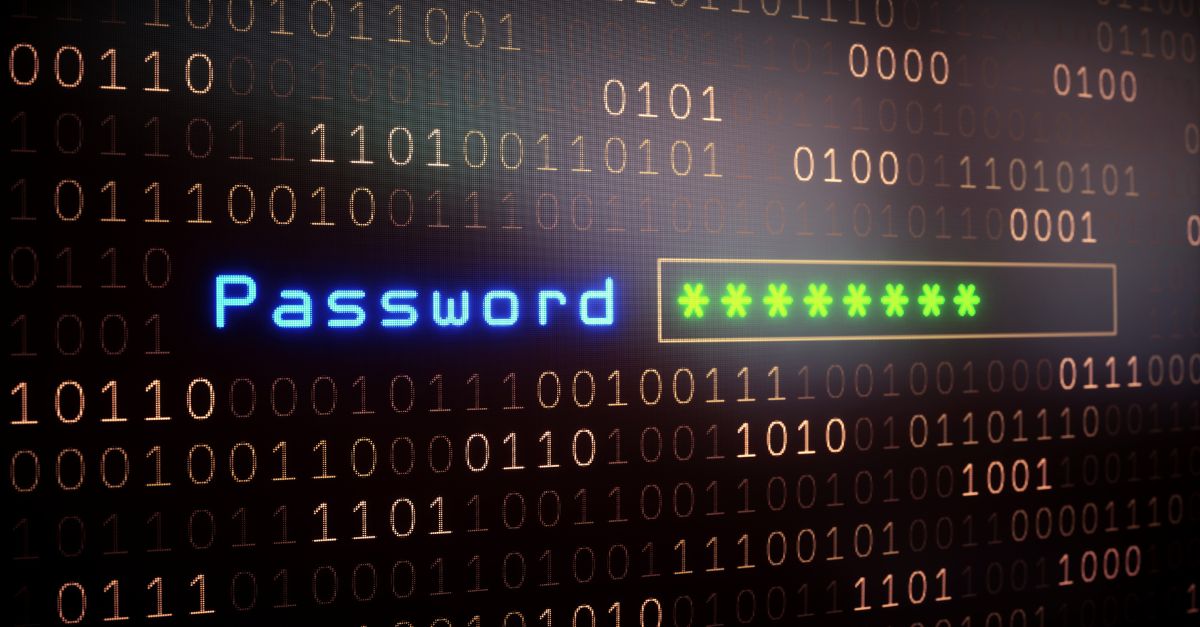There it is, right on time. The mental fatigue and it’s only 11:30 am. You’ve already logged into six different services, systems, and apps, all with different credentials. The exasperation and twitchy toe-tapping signify the onset of the login juggling act you’ll perform to access all the apps, multiple services, and resources you need to perform your job and manage your day. You’re frustrated with shuffling through separate login credentials for each, and you’ve run out of living and deceased favorite pet names for your password variations.
Businesses and users need a more effective solution to this time-wasting complexity, but ensuring credential and identity security is vitally important as well. Identity verification has become critically important for protecting digital assets in light of more sophisticated and AI-enabled cybercrime tactics.
While digital identities are fast becoming a more mainstream option for secure access to services and data assets, there still needs to be a safe and streamlined method for managing identities. A Digital Identity Platform is an integrated process that allows users to access multiple apps and services using a single set of authenticated credentials, confirms that users are who they say they are, and validates their access permissions.
Integrated Digital ID Management Heightens Security While Decreasing Access Friction
Digital identity platforms simplify the complexity of credential and password management by providing one login portal for users to access all apps, services, and assets they need. These platforms handle numerous integrated functions that simplify complexity to reduce risk, including:
- Full Digital ID Lifecycle for Users and Devices
- Digital Certificate and Digital Signing Management
- Onboarding/Offboarding of Users
- Governance and Compliance
- Streamlined Automated Authentication Process and Single Sign-On (SSO)
It is becoming a sound business and security imperative to implement integrated systems that manage digital identity verification and identity data throughout the entire certificate management lifecycle. According to Gartner, by the end of this year, 75% of organizations will use a single vendor with strong identity orchestration capabilities and connections to third parties for identity proofing, affirmation, and management. With AI-enabled identity fraud on the rise, a vital defense strategy is to appropriate the benefits of an integrated digital identity verification and authentication approach.
Digital ID Platforms Offer Greater Cybersecurity Protection Against AI-enabled Attacks
The landscape of AI-enabled cyberattacks is evolving, requiring a dynamic and adaptive approach to security. Digital identity platforms need to be scalable, vigilant, and up-to-date with emerging threats to provide a combination of preventive and reactive measures to protect against these sophisticated attacks.
With proper management of users and devices, organizations can dramatically improve the security and privacy of their IT infrastructure. Digital ID for device verification and authentication ensures greater data security and that only authorized software devices receive updates. Businesses not only need to protect user IDs but also authenticate data transmissions between devices by verifying the identity of the sender and receiver.
AI-enabled cyber threats are increasing, creating new challenges for individuals and organizations. Security protections within digital identity platforms can counter these threats. Here are some important security measures:
- Advanced security measures such as multi-factor authentication using biometrics, and machine learning algorithms detect and prevent unauthorized access and data breaches
- Advanced anomaly detection algorithms identify abnormal patterns or behaviors that may indicate AI-driven attacks
- Behavioral biometrics, such as keystroke dynamics, mouse movement analysis, and voice recognition, build unique user profiles, allowing real-time user behavior to be compared against these profiles to detect anomalies
- Threat intelligence feeds and collaborative efforts within the cybersecurity community allow digital ID platforms to proactively update security measures to protect against emerging threats
Trusted and Robust Digital Identity Management
GlobalSign’s Atlas raises the bar on digital identity management simplification, accuracy, and security as a powerful cloud CA – a high throughput, fully ubiquitous, next-generation PKI platform.







